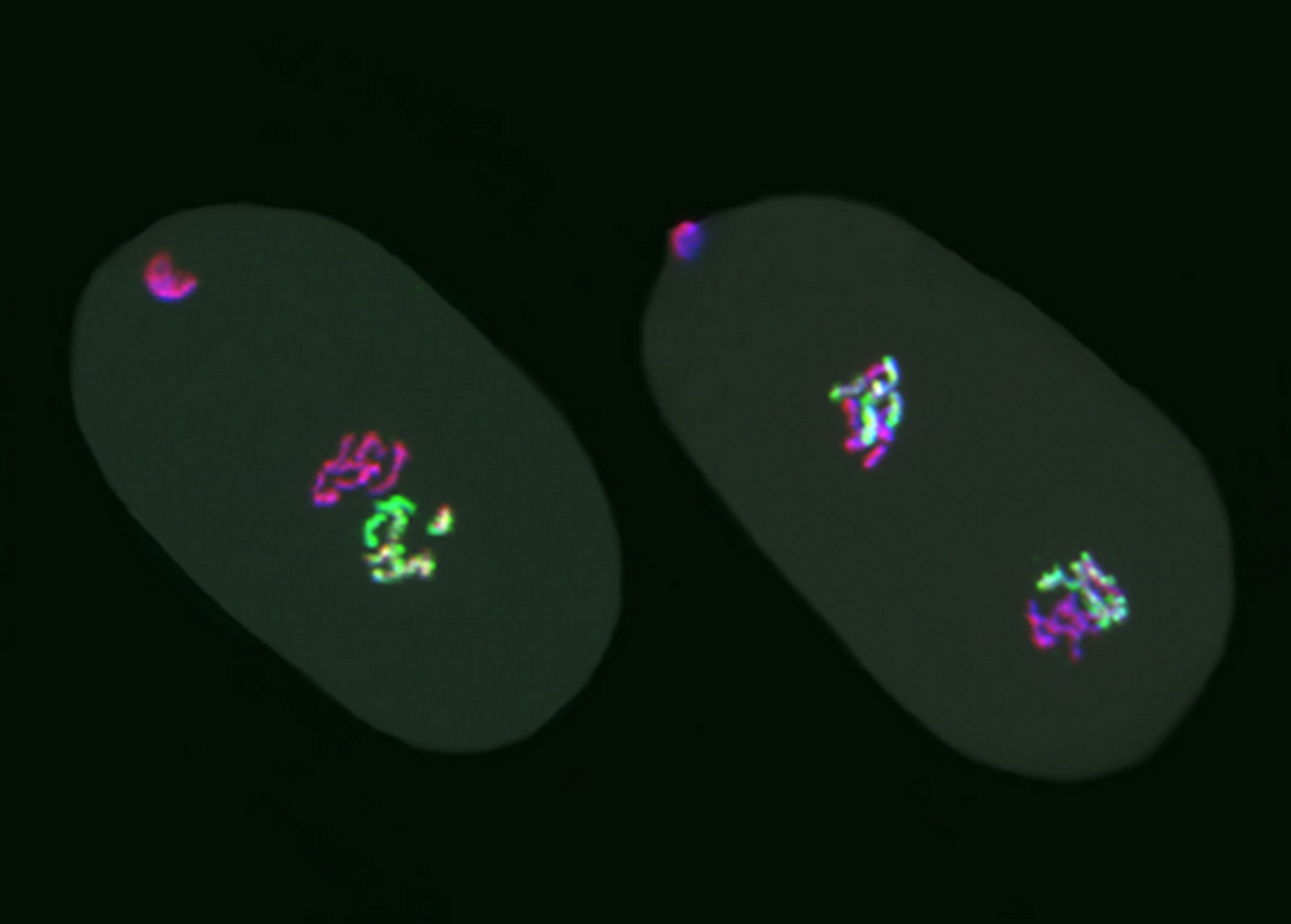Epigenetic Marks Can Pass Down to Multiple Generations
The earliest studies of genetic inheritance were very straightforward - Gregor Mendel documented the passage of certain easily observable traits as they passed down through generations of pea plants. But over many years, researchers have shown that there are very complex mechanisms at work in genetics. For example, protein-coding genes are regulated in a variety of different ways, the expression of certain genes can depend on factors like penetrance, and the vast regions of the genome that do not code for protein are still under investigation. Epigenetic factors are another influence on the genome. Epigenetic modifications can alter the activity of genes, but they do not change the genetic sequence. A growing body of research has demonstrated that some epigenetic tags can be passed down to the next generation, though we are still learning how that happens.
Scientists have now used a roundworm or Caenorhabditis elegans model to show that some epigenetic modifications can pass from parents to offspring, then onto the next generation, in so-called transgenerational epigenetic inheritance, suggesting that human health may be influenced by our parents and grandparents in ways we are now beginning to appreciate. The findings have been reported in the Proceedings of the National Academy of Sciences (PNAS).
Histones help compact DNA into chromosomes, which can affect the accessibility of certain genes. A histone modification called H3K27me3 is a widely studied epigenetic mark that can lower the activity of associated genes, and is found in all complex animals. H3K27me3 denotes the methylation of an amino acid in the histone H3, and it causes DNA to get packed more densely packaged. The genes that are in that packed region are then less accessible for activation.
In this work, the researchers selectively removed H3K27me3 from the sperm carried by C. elegans, and egg cells with intact H3K27me3 marks were fertilized with this sperm. Gene expression patterns in the resulting offspring were found to be disrupted. Genes that were paternally inherited were overexpressed when they lacked H3K27me3; genes became active in tissues that they should not have been.
“These results establish a cause-and-effect relationship between sperm-transmitted histone marks and gene expression and development in offspring and grandoffspring,” said corresponding study author Susan Strome, a professor emerita of molecular, cell and developmental biology at UC Santa Cruz.
“In all the tissues we analyzed, genes were aberrantly expressed, but different genes were turned up in different tissues, demonstrating that the tissue context determined which genes were upregulated,” Strome added.
The researchers also determined that the offspring carried chromosomes in germline tissue that also lacked H3K27me3. Genes that were not unregulated, however, carried the H3K27me3 mark. The researchers suggested that since grandoffpsring had not corrected the H3K27me3 deficit and the aberrant gene expression was maintained, it may be passed down to multiple generations.
There was a range of developmental abnormalities in grandoffspring, and some were sterile. Chromosomes are distributed in different ways when sperm and egg cells are generated, which probably led to this range of outcomes in the next generations.
The investigators also suggested that this study applies to humans, and that H3K27me3 and maybe other epigenetic marks can be inherited over several generations.
“This looks like a conserved feature of gene expression and development in animals, not just a weird worm-specific phenomenon,” noted Strome. “We can do amazing genetic experiments in C. elegans that can’t be done in humans, and the results of our experiments in worms can have broad implications in other organisms.”
Sources: University of California - Santa Cruz, Proceedings of the National Academy of Sciences









